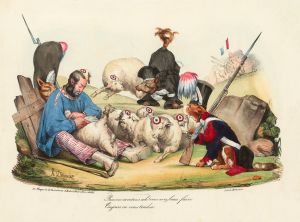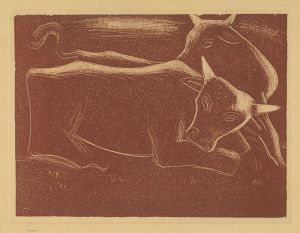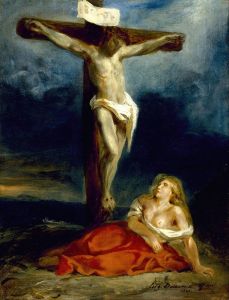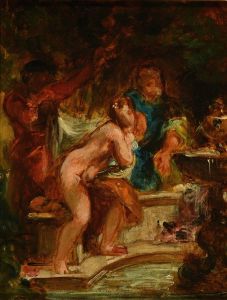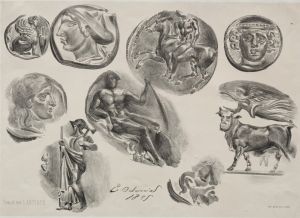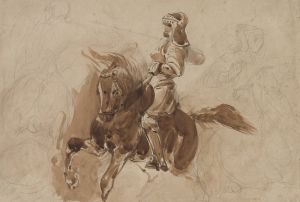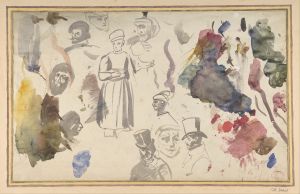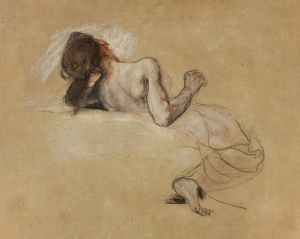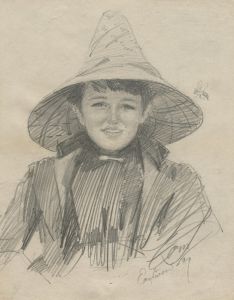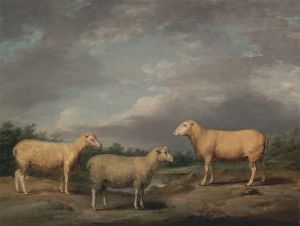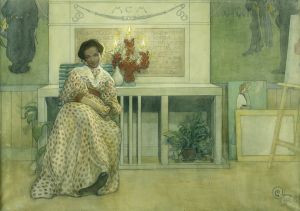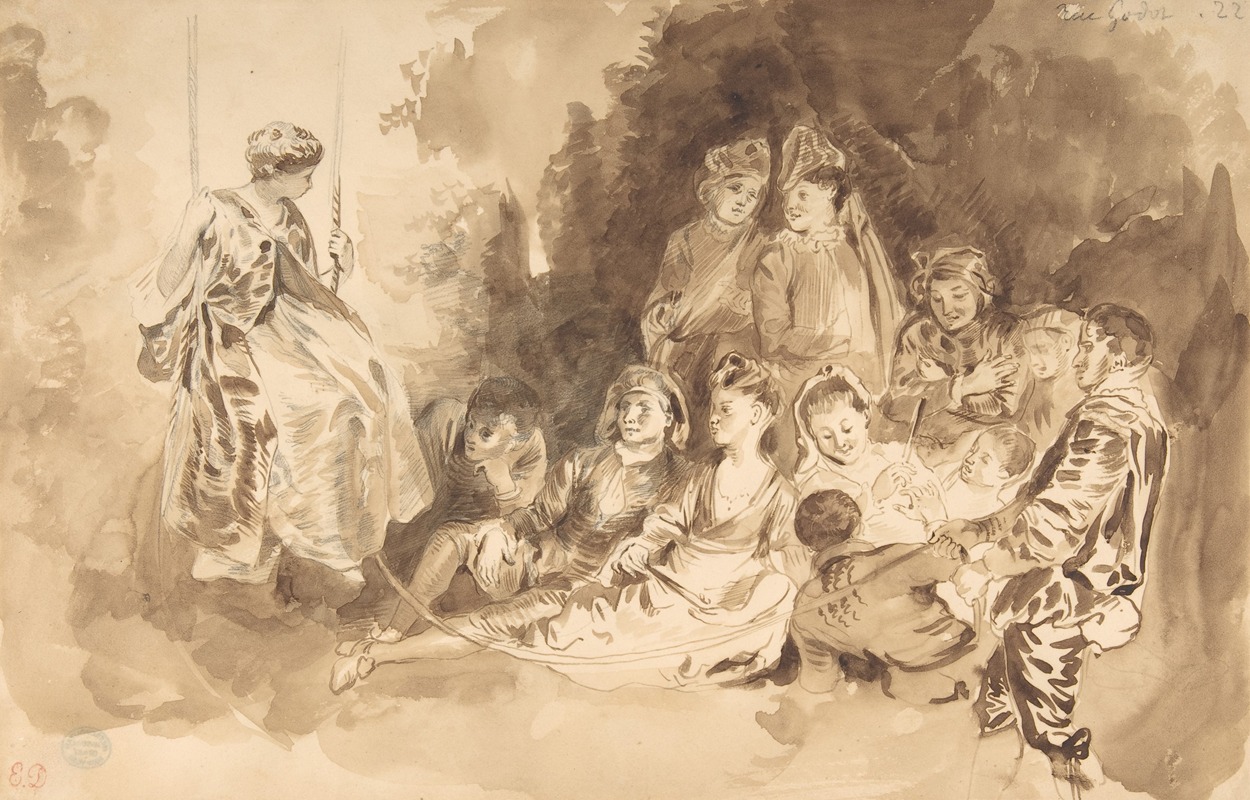
‘The Swing,’ after Antoine Watteau
A hand-painted replica of Eugène Delacroix’s masterpiece ‘The Swing,’ after Antoine Watteau, meticulously crafted by professional artists to capture the true essence of the original. Each piece is created with museum-quality canvas and rare mineral pigments, carefully painted by experienced artists with delicate brushstrokes and rich, layered colors to perfectly recreate the texture of the original artwork. Unlike machine-printed reproductions, this hand-painted version brings the painting to life, infused with the artist’s emotions and skill in every stroke. Whether for personal collection or home decoration, it instantly elevates the artistic atmosphere of any space.
Eugène Delacroix, a leading figure of the French Romantic movement, created "The Swing, after Antoine Watteau" as a homage to the Rococo master Antoine Watteau. This painting reflects Delacroix's admiration for Watteau's work and his ability to capture the elegance, charm, and subtle emotional depth characteristic of the Rococo period. Watteau, known for his fêtes galantes—a genre depicting scenes of aristocratic leisure—was a significant influence on many 19th-century artists, including Delacroix.
"The Swing, after Antoine Watteau" is not an exact replica of any specific Watteau painting but rather a reinterpretation inspired by the themes and style of Watteau's oeuvre. Delacroix's work demonstrates his ability to blend his Romantic sensibilities with the lightness and grace of the Rococo tradition. The painting features a young woman seated on a swing, surrounded by lush foliage and accompanied by figures that evoke a sense of playful intimacy. The composition and subject matter align with Watteau's characteristic exploration of idyllic, dreamlike settings.
Delacroix's brushwork in this piece is dynamic and expressive, showcasing his mastery of color and texture. While Watteau's works often employed delicate, precise strokes, Delacroix's Romantic approach introduced a more vigorous and emotive quality to the scene. This synthesis of styles highlights Delacroix's innovative approach to art, as he sought to bridge the gap between the Rococo and Romantic movements.
The painting is also notable for its exploration of light and atmosphere. Delacroix employs a rich palette to create a sense of depth and vibrancy, capturing the interplay of light and shadow that enhances the idyllic mood of the scene. This technique reflects his broader interest in the effects of light, which would later influence the Impressionists.
"The Swing, after Antoine Watteau" is an example of how Delacroix engaged with art history, drawing inspiration from past masters while infusing their themes with his unique artistic vision. The painting serves as a testament to the enduring legacy of Watteau and the adaptability of his themes within different artistic contexts.
As of now, the painting is part of a private collection, and detailed information about its provenance and exhibition history is limited.





